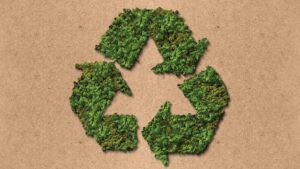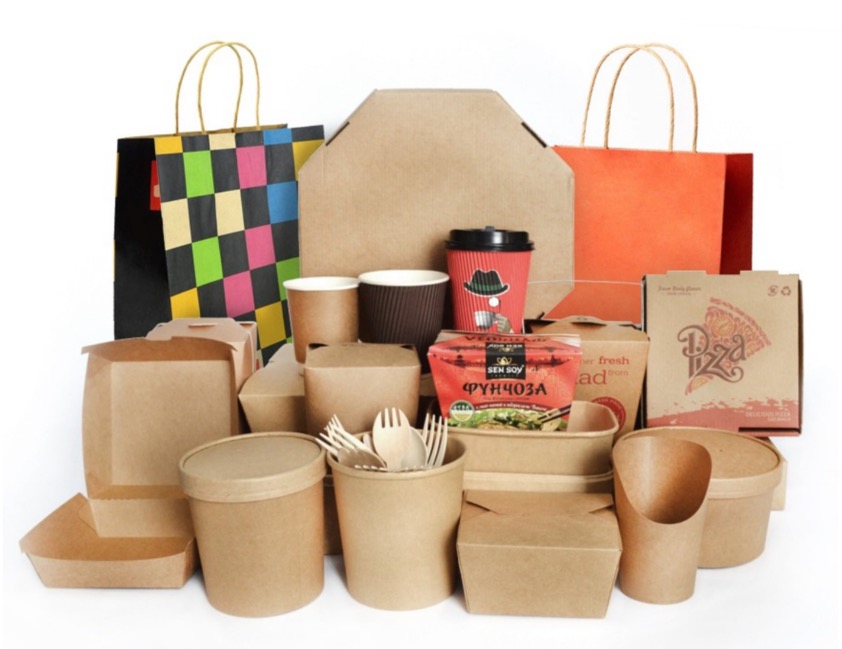
Shop Online
24/7 Fast Delivery
Melbourne, Australia
Australia Wide Delivery
(03) 8593 7581
Need Help?
24/7 Fast Delivery
Australia Wide Delivery
Need Help?

Sustainability means making choices today that won’t harm future generations’ ability to meet their needs. One way of becoming sustainable is to use product packaging that’s good for the planet. In fact, consumers have a greater awareness of the importance of eco-friendly packaging that supports the circular economy. This trend has spread across many industries, changing how we behave and what practices companies adopt.
In this post, I’ll highlight some of the latest sustainable packaging trends and share why eco-friendly products are vital for gaining consumer trust and ensuring a brighter future for the next generation.
Bio-based materials used in packaging come from renewable sources like cornstarch or sugarcane fibre. These materials create items like bio-plastics which are different from conventional single-use plastics that come from non-renewable fossil fuels.
Biodegradable materials are those that decompose naturally, reducing environmental impact. For example, packaging made from corn starch and other bio-based raw materials can minimise waste as it breaks down into natural elements when disposed of.
Consider these eco-friendly materials to source your packaging from:
When it comes to the circular economy, these materials fit in perfectly. They support a closed loop system where products are reused, recycled or naturally broken down to minimise waste.
Using bio-based and biodegradable materials in packaging is a big step towards a more sustainable future. Using them for your business can help use fewer resources, reduce pollution and support recycling and natural decomposition.
Composting is the natural breakdown of food scraps and garden waste into nutrient-rich soil.
Compostable packaging materials include plant-based plastics, paper and biodegradable polymers. Compostable brown paper bags are a great alternative to plastic bags when it comes to environmental sustainability. By breaking down naturally under the right conditions, brown and other compostable paper bags can reduce waste in landfills and reduce methane emissions. Not just this, but using paper bags for composting can enrich the soil, helping plant growth and reducing the need for chemical fertilisers.
Recyclable materials in packaging are ones that can be used again to make new products. Designing such packaging requires simple materials or labels that can be recycled easily. For example, using just one type of material or labels made from paper or specific plastics could make packaging recyclable.
By opting for recyclable packaging solutions, businesses can significantly reduce environmental impact as compared to single use packaging. Consider these effective recycling-based design ideas for your business:
Reusable packaging, as the name suggests, can be used multiple times for packaging products instead of being disposed of after a single use. These materials maintain functionality despite repeated use. Reusable packaging reduces waste generation significantly by minimising the need for single-use packaging. Examples of reusable packaging include glass jars, metal tins, durable plastic containers and cloth bags.
Food & beverage, retail and shipping industries may find reusable packaging particularly suitable:
Reusable packaging not only lowers waste but also offers cost savings and environmental benefits across sectors by promoting a sustainable and eco-friendly approach to packaging.
Minimalist packaging is a popular trend focused on simplicity, reducing excess materials, and prioritising essential elements in product packaging. Choosing minimalist packaging solutions means your business can minimise waste and environmental impact by using only necessary packaging materials, optimising space and using eco-friendly materials where possible.
Minimal packaging has simple designs with fewer materials, is smaller in size, biodegradable and recyclable. Consider these minimalist packaging ideas for your business:
Many industries use this approach. Food and beverage companies use minimalist packaging for items like fresh produce and snacks, often opting for biodegradable or minimalistic wrapping. Cosmetics and personal care industries have also adopted minimalist packaging for items like soaps, shampoos and skincare products. They now focus on compact, recyclable or refillable packaging options.
Packaging focused on waste reduction controls the amount of material used in packaging products to lessen environmental impact. Even though with time packaging has become reusable, recyclable and compostable, a lot of it still ends up in landfills due to poor disposal practices or complex packaging materials that are hard to recycle.
Perhaps some of these practices can help your business become more sustainable and reduce waste:
Downsizing in packaging means reducing the size or dimensions of packaging while making sure it stays functional and efficient. This helps to cut down on packaging waste by using less material without compromising the protection or usability of the product. Smaller packaging means less material used which decreases the environmental footprint of production, transportation and disposal.
Reducing the size of detergent bottles or snack packaging while keeping the same quantity inside is a good example of downsizing. Similarly, using thinner cardboard or plastic layers in packaging boxes can maintain strength while reducing overall material usage. Downsizing packaging not only minimises waste but also reduces energy used throughout the product life cycle.
Lightweighting a package using lighter materials or reducing the amount of material used while maintaining the packaging’s strength and functionality. By using lighter materials without impacting performance, you use less resources and less energy in manufacturing.
Packaging lightweighting can be done by using thinner plastics for bottles, reducing the weight of cardboard boxes while keeping their strength, or using other materials that are lighter but sturdy.
Smart packaging is a creative packaging solution equipped with advanced technologies. With intelligent features that can improve packaging efficiency, reduce waste and maintain product safety, it is considered a step toward sustainability. In fact, as per McKinsey’s 2023 study on Sustainability in Packaging, 75% respondents found hygiene & food safety as the most important part of packaging, and smart packaging can be used to address these concerns.
Industries such as drug and food safety can benefit from smart packaging. It integrates sensors and indicators into packaging to better monitor temperature changes, spoilage or broken seals. By providing real-time information about product quality and safety, smart packaging could prevent unnecessary waste of spoiled food and drugs. Smart packaging could alert consumers about food gone bad by detecting gases emitted from the food, while in pharmaceuticals, it can indicate if a drug has been exposed to unfavourable storage conditions reducing its efficacy.
Packaging sustainability can fight environmental challenges like climate change while reducing the carbon footprint associated with production and disposal. Eco-friendly packaging can help businesses, customers and the environment by:
By now you may have better understood the relationship between packaging and sustainability. As a business owner, choosing sustainable packaging can impact your customers, reflecting your brand’s values and ethics. It can be one of the elements that build customer trust and loyalty, especially when it comes to eco-conscious consumers who are concerned about how their choices impact the environment.
By considering a packaging’s functionality and environmental impact, while also supporting initiatives that promote recyclable or biodegradable packaging, businesses can actively contribute to a greener future.
Copyright © 2024 Paperboss.com.au | All Rights Are Reserved